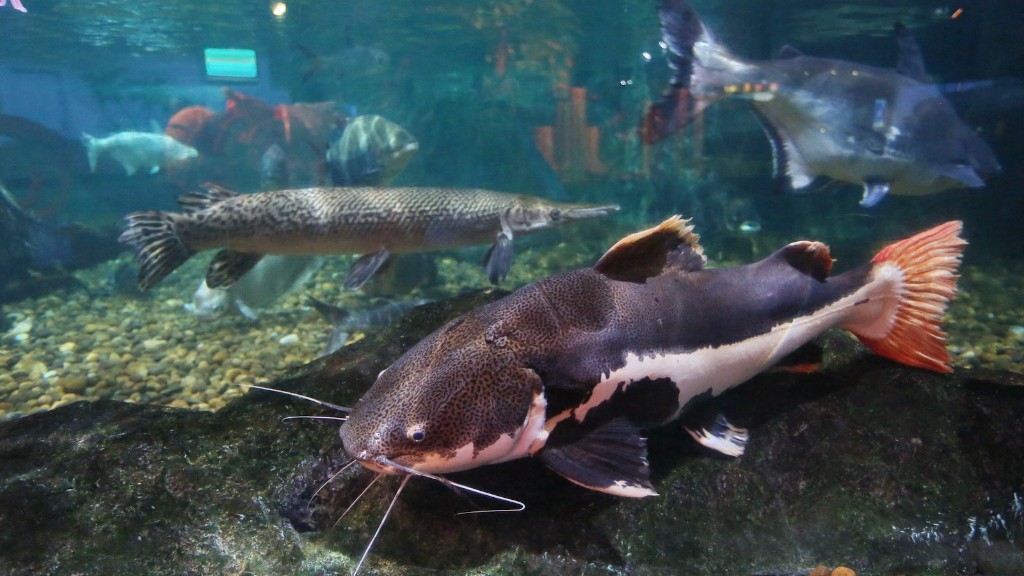Is Basa a Catfish?
Introduction:
There has been ongoing debate regarding the classification of basa fish (Pangasius bocourti) as a catfish. This article aims to explore the similarities and differences between basa and other catfish species and provide a comprehensive analysis of their taxonomic classification. By considering scientific research, anecdotal evidence, and observations, we can ascertain whether basa fish should indeed be considered a catfish.
Definition of a Catfish:
Before delving into the question at hand, it is crucial to establish the characteristics that define a catfish. Catfish are a diverse group of ray-finned fish belonging to the order Siluriformes. They are named after their prominent barbels that resemble a cat’s whiskers. Catfish can be found in freshwater habitats around the world. These fish possess scaleless skin and are distinguished by the presence of spines on their pectoral and dorsal fins. The family Pangasiidae is a prominent group within the catfish order.
Similarities between Basa and Catfish:
When examining the physical attributes and biological characteristics of basa fish, striking similarities can be observed between basa and typical catfish species. Basa fish possess barbels, reminiscent of those found in other catfish. These barbels serve sensory functions, aiding in detecting food sources and environmental conditions. Moreover, like other catfish, basa fish lack scales and exhibit spines on their dorsal and pectoral fins.
Differences between Basa and Catfish:
While there are undeniable similarities between basa and traditional catfish, several differences exist that warrant further investigation. The primary distinction lies in the taxonomic classification of basa fish. Basa fish belong to the Pangasiidae family, whereas most commonly known catfish species belong to the Ictaluridae family. Understanding these variations in classification is essential to accurately differentiate between basa and other members of the catfish group.
Scientific Research and Classification:
To shed light on the debate, scientific research has been crucial in clarifying the classification of basa fish. Taxonomists closely examine various physical and genetic characteristics to determine the evolutionary relationships and proper classification of species. By analyzing the morphological features and molecular data of both basa and other catfish species, scientists have identified distinct differences in their genetic makeup, further supporting the notion that basa should be classified separately.
Anecdotal Evidence:
In addition to scientific research, anecdotal evidence from fishers and avid anglers provides further insights into the distinction between basa and traditional catfish. These individuals, with their years of experience and interacting with various fish species, often notice conspicuous differences between basa and other catfish species. Their observations align with the scientific findings, supporting the idea that basa fish form a distinct group separate from catfish.
Consumer Perception:
It is essential to consider the perspective of consumers when discussing the classification of basa as a catfish. Consumer perception plays a pivotal role in shaping market demand and influencing labeling regulations. However, consumer perception alone should not be the sole determinant in classifying basa as a catfish. A comprehensive evaluation of scientific research, genetic analysis, and morphological characteristics is essential to draw accurate conclusions.
Conclusion:
In conclusion, while basa fish exhibit similarities to traditional catfish, particularly in physical attributes, genetic research and classification studies provide strong evidence that basa should be classified separately. The taxonomic distinctions between basa and true catfish species, as well as anecdotal evidence from experienced fishers, further substantiate this claim. Consumer perception and market demands are crucial considerations; however, accurate scientific analysis should guide the proper classification of basa. By relying on comprehensive research, we can refine our understanding of the diverse fish species we encounter and ensure accurate labeling in the marketplace.


